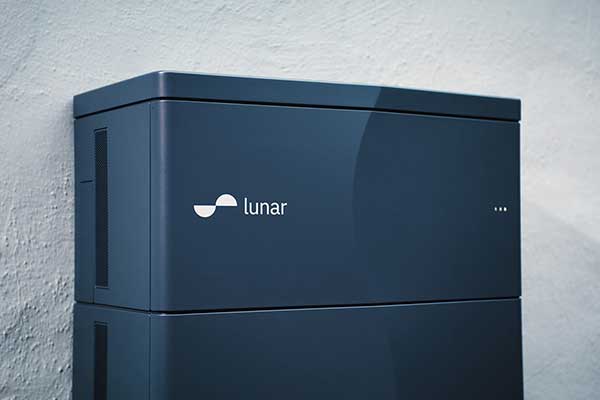Cleantech companies stand at the forefront of addressing some of the world’s most critical environmental challenges. They offer innovative and sustainable technologies that help curb carbon emissions, increase energy efficiency, and reduce environmental impact.
However, successfully marketing these solutions can be a unique challenge. Here’s a detailed guide to the best marketing strategies for cleantech companies.
1. Education: The Key to Awareness and Understanding
Cleantech products or services can be complex, and a big part of your marketing strategy should be about education. Informative content that clearly articulates what your product does, how it benefits the customer, and its environmental impact is essential. Webinars, eBooks, blog posts, and infographics can be used to disseminate this information effectively.
2. Storytelling: A Powerful Marketing Tool
While statistics are crucial in illustrating the effectiveness of your products, it is through compelling storytelling that you can truly resonate with your audience. Frame your cleantech product within a broader story about sustainability, climate change, or the future of energy. This narrative approach will help customers understand and remember your brand’s value proposition.
3. Targeting Multiple Audiences: One Size Doesn’t Fit All
Understanding the interests and concerns of different stakeholders is crucial. For investors, your messaging should focus on returns. Consumers would be interested in usability and cost, and governments would want to know about your compliance with environmental regulations. Craft distinct marketing campaigns to engage these diverse groups effectively.
4. Partnerships and Collaborations: Expand Your Reach
Cleantech is a community endeavor. Forming alliances with other companies, nonprofits, or governmental bodies can enhance your credibility and extend your reach. Joint events, co-branded content, and mutual referrals can be beneficial for all parties involved.
5. Success Stories: Prove Your Worth
Nothing speaks louder than proven success. Share case studies, customer testimonials, and secure third-party certifications. Showing your products in action and providing evidence of their benefits builds trust and shows potential customers that your solutions deliver real value.
6. Digital Marketing: Harness the Power of the Web
In the digital age, having a strong online presence is indispensable. Effective SEO will make your website easily discoverable. Content marketing will keep your audience engaged and informed. Social media platforms allow you to interact with your audience directly, and email marketing lets you keep your subscribers updated. PPC advertising can drive traffic to your website and convert leads into customers.
7. Sustainability-Focused Messaging: Show Your Impact
Demonstrate how your products or services contribute to sustainable living or business practices. This might involve highlighting their energy efficiency, reduction of carbon emissions, or resource conservation. By emphasizing these aspects, you show that choosing your product isn’t just a purchase—it’s an investment in a sustainable future.
8. Staying Current: Keep Up with Industry Trends
The cleantech sector is dynamic, and what worked yesterday might not work today. It’s crucial to stay informed about the latest industry developments to position your product or service effectively and remain competitive.
9. Clear ROI: Show Them the Money
One of the most compelling arguments for any product or service is its return on investment (ROI). Make sure to clearly illustrate how your product can save money over time, in addition to its environmental benefits. Tangible savings are often a significant incentive for potential customers.
10. Influencers and Thought Leaders: Leverage Their Authority
In the cleantech space, influencers and thought leaders can significantly boost your brand’s visibility and credibility. Engage with these key figures and consider partnerships that can mutually benefit both parties.
Wrapping Up!
Successfully marketing a cleantech company requires a multifaceted approach that blends education, storytelling, targeted marketing, partnerships, proof of success, digital marketing techniques, sustainability-focused messaging, industry awareness, clear ROI demonstration, and influencer collaboration.
It’s about building long-term relationships, establishing credibility, and positioning your company as a leader in the cleantech space.
If you need guidance in navigating the unique marketing challenges faced by cleantech companies, we’re here to help. Don’t hesitate to reach out to us for expert advice tailored to your specific needs.
Together, we can help you reach your marketing goals while making a positive impact on our planet.













Comments